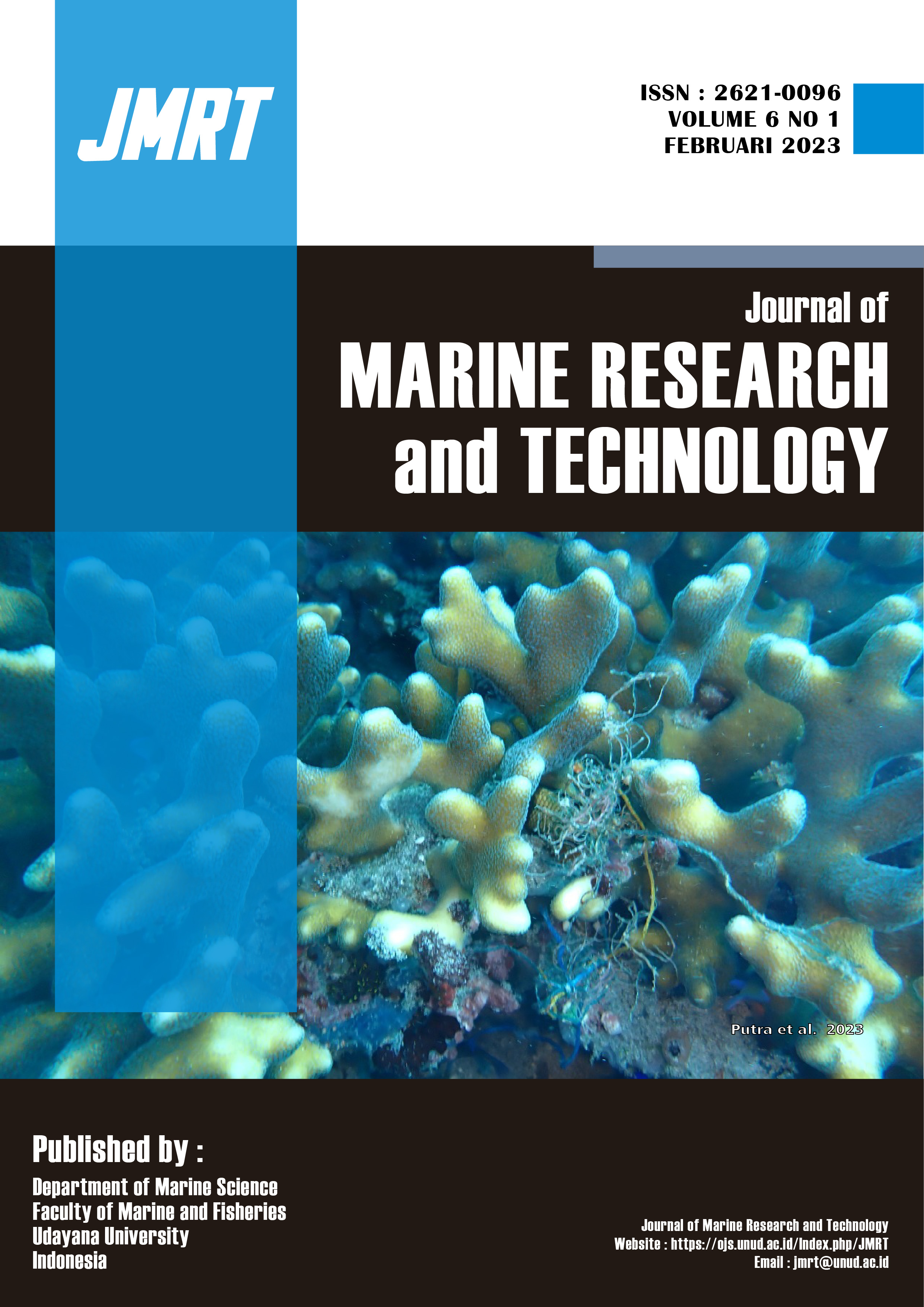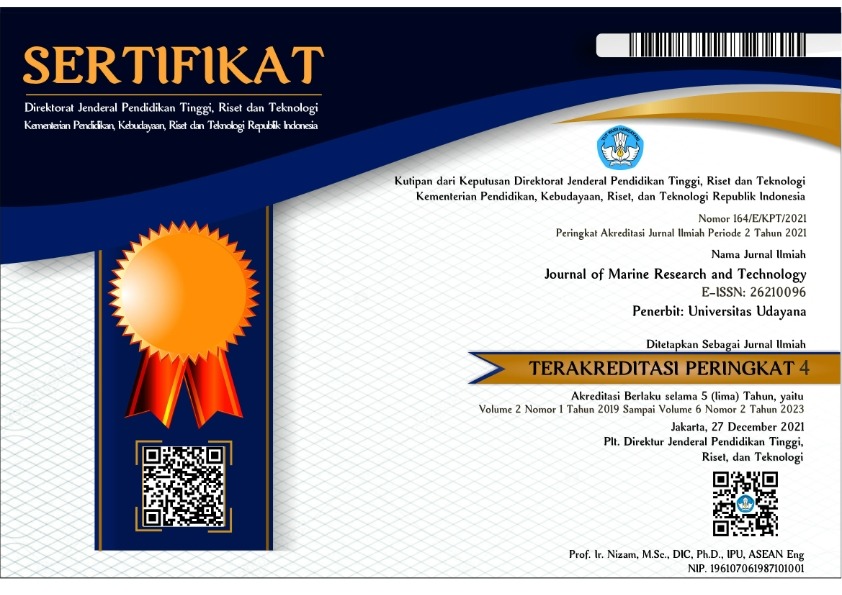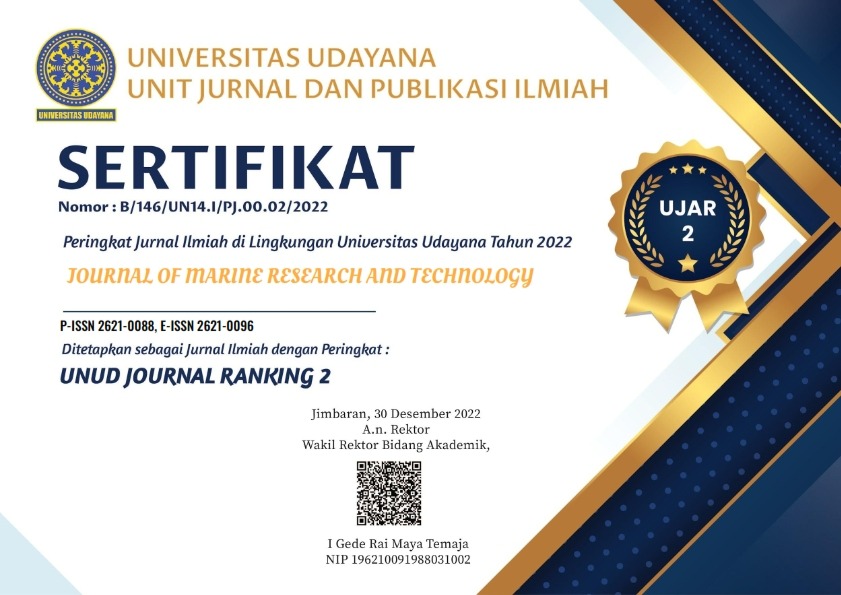Dampak Pengembangan Wisata Selancar Terhadap Kondisi Lingkungan dan Sosial Budaya Masyarakat Lokal di Pantai Suluban
Environmental Impact; Marine Tourism; Socio-cultural Impact; Tourism Development; Suluban Beach; Surfing
Abstract
Suluban is one of the coastal tourist attractions, categorized as one of the best surfing locations in the world by CNN Travel. Suluban, better known by international travelers as Uluwatu, is located in Pecatu Village, District of South Kuta, Badung regency. This study aimed to determine the impact of the development of surfing in an environmentally and socio-cultural local community in Suluban. This study was designed using a quantitative approach, where the study was conducted in Suluban beach. Data were collected through questionnaires distributed to 63 local communities in Suluban. The data were analyzed quantitatively using the Likert scale. The impact of the development of surfing can be seen from the two variables, environment, and socio-cultural variables. Each variable can be divided into negative impact (load) and positive impact (benefit). From these results, the respondents did not expressly state that they feel a negative impact both on the environment and socio-cultural. As for the variables that positively impact the environment and socio-cultural, respondents said they think about it. This illustrates that local communities in the region perceive, they argue if during the development of surfing in Suluban beach has several positive impacts (benefits) both in terms of socio-cultural and environmental; as to the negative effects (load), they are more neutral inclined to think that indicates there may be other factors not examined in this study in addition to the development of surfing that cause a negative impact and the socio-cultural environment in the region. The dominant impact is felt on the public perception of the local variable negative impact environment is declining agricultural area, while in the variable positive impact (benefit) environment is increasing the physical preservation of the coastal area. Furthermore, the perceived dominant impact on public perception of local communities in the variable negative impact is the change in the socio-cultural livelihood. In contrast, the variable positive impact (benefit) is the increasing socio-cultural foreign language skills.
Downloads
Copyright Notice
The copyright to this article is transferred to Journal of Marine Research and Technology (JMRT). The copyright transfer covers the exclusive right and license to reproduce, publish, distribute and archive the article in all forms and media of expression now known or developed in the future, including reprints, translations, photographic reproductions, microform, electronic form (offline, online) or any other reproductions of similar nature.






